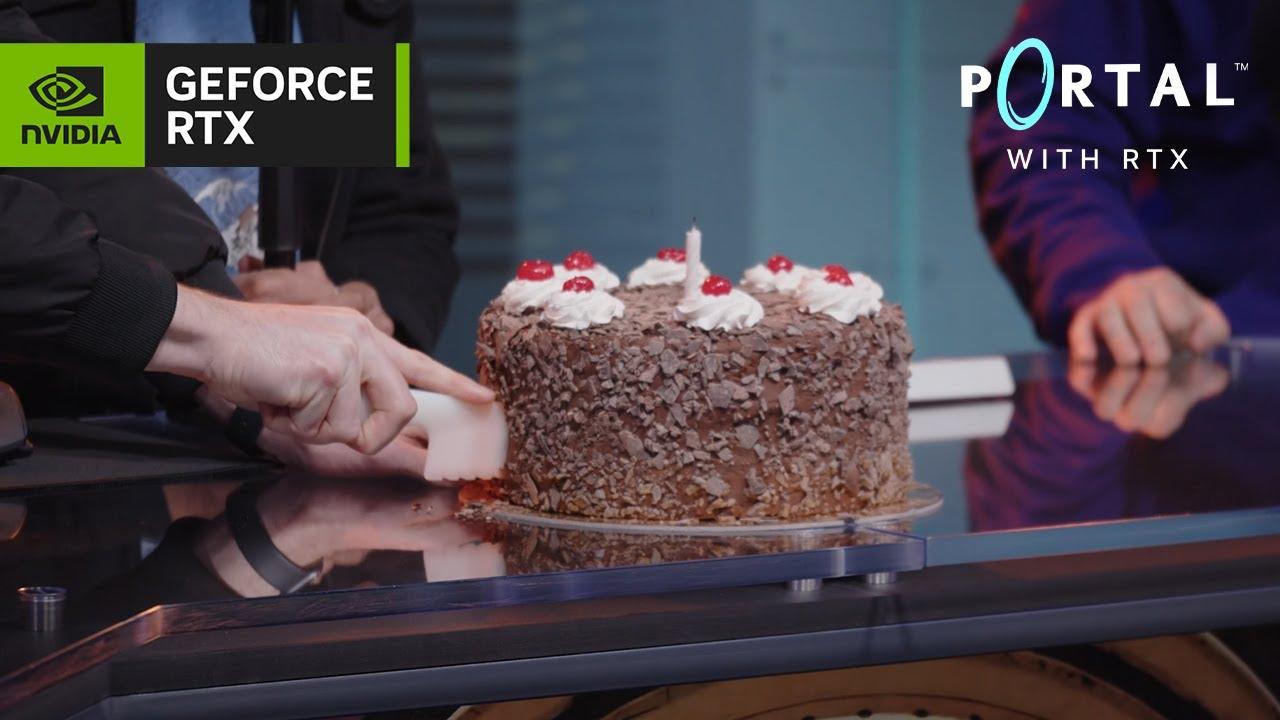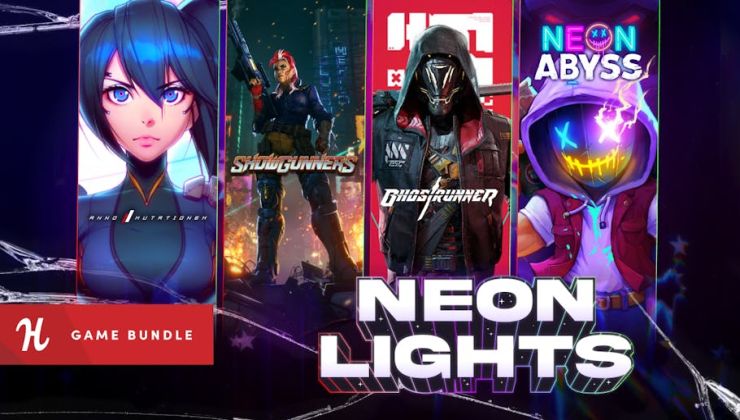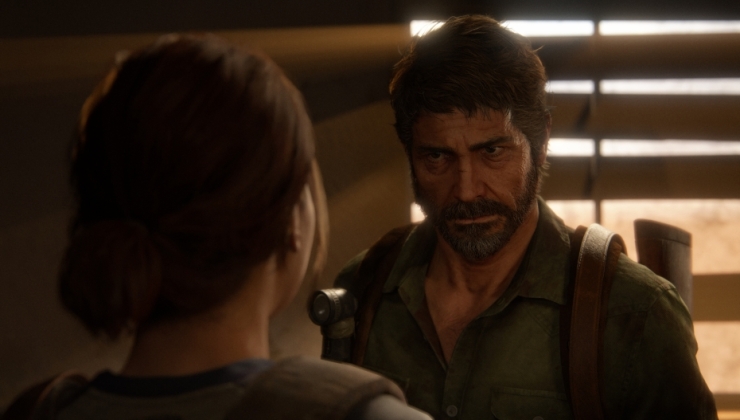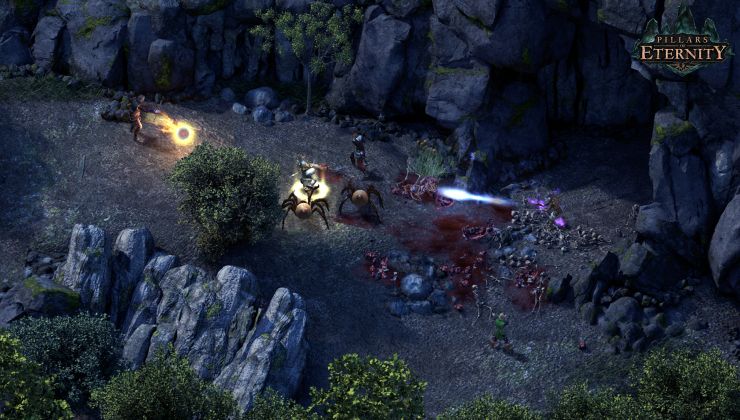Free for owners of the original, Portal with RTX has released on Steam from Lightspeed Studios / NVIDIA.
There's no Native Linux support this time around, unlike with Quake II RTX, but it should still work with Steam Play Proton (NVIDIA told me it works). Valve even added a configuration for it to have NVAPI enabled for Proton by default.
I'm unable to currently test it myself, as the people who run RPMFusion for Fedora have not updated the NVIDIA drivers for Fedora 37 yet from the recent security incident and you need a minimum NVIDIA driver version of 525.60.11. It doesn't need an NVIDIA GPU though, as they say it works on any GPU that supports Vulkan Ray Tracing.
You can see their launch party video below:

Direct Link
Some of what's been added includes:
- Full ray tracing - Portal with RTX uses a ray tracing technique known as path tracing or full ray tracing, which unifies all lighting effects, such as shadows, reflections, refractions and more, into a single ray tracing algorithm.
- NVIDIA DLSS 3– DLSS 3 is a revolutionary breakthrough in neural graphics that massively boosts performance. Powered by fourth generation Tensor Cores and new Optical Flow Accelerator on GeForce RTX 40 Series GPUs, DLSS 3 uses AI to generate additional high-quality frames with great image quality and responsiveness.
- NVIDIA Reflex - Improves responsiveness by reducing end to end system latency, enabling players to feel more connected and immersed in the experience.
- NVIDIA Real Time Denoisers (NRD) is a new spatio-temporal ray tracing denoising library that assists in denoising ray traced images in real-time, with superior performance and quality.
A new lighting system made possible by NVIDIA RTXDI, NVIDIA ReSTIR GI and the addition of physically based materials/rendering (PBR): - NVIDIA RTX Direct Illumination (RTXDI) enables the addition of countless direct light sources, big and small, each casting light and shadows.
- NVIDIA Reservoir Spatio Temporal Importance Resampling Global Illumination (ReSTIR GI) enhances indirect light, enabling it to bathe a scene and illuminate dark corners that are not lit directly. And it also works smarter than previous ray-traced global illumination techniques, improving the efficiency of our ray tracing denoiser.
- Physically based materials/rendering (PBR) – the environment of Portal’s Aperture Labs is upgraded with material properties that emulate real life. This PBR system supports material properties for light emission, roughness, and metallicity that combine with ray tracing to enable lighting effects such as reflections, refraction, translucency, transparency and global illumination.
- More detailed models – in-game objects have been remodeled to add more detail and increase realism.
I mostly think it's just Nvidia's crap implementation of RTX into Portal that is causing these issues.
RTX remix is a bit of a weird thing. Using dxvk to convert the stuff to Vulkan and heavy handing ray tracing into it. Doubt that this will ever get beyond tech demo level.
I mostly think it's just Nvidia's crap implementation of RTX into Portal that is causing these issues.
I doubt that. Raytracing compared to rasterizing (what all GPUs currently do in DirectX, OpenGL and Vulkan) is a computationally extremely very heavy task. You can have a look at rendering times in Lightwave, 3D Studio MAX, PovRay, etc. to get a notion of how intense that task is to create really good images. RTX - as nvidia calls it - is just a first step to get that into GPUs and gaming. The main problem is: GPUs are vector processors, so they expect to execute computation in a linear / sequential manner, while in ray tracing you jump around data / code, which is the worst thing to provide as a task to vector processors. It's the ultimate killing factor for them. So to have "usable" ray tracing on GPUs requires a general redesign of the architecture and RTX is only the beginning, some kind of "early access" or beta, well rather alpha. Expect to see usable versions of it in... well.. about 10 years???
Last edited by peta77 on 9 Dec 2022 at 9:05 pm UTC
Default settings (Ultra) allow around 45-49 FPS on a RTX 3080.
The only drawback so far is it crashes from time to time, I would say every 10 to 15 rooms.
Last edited by axelb on 12 Dec 2022 at 1:00 am UTC
Quite a lot of graphical glitches and only 8fps
Also installed Windows just to try this out and got similar performance (8fps) but with no graphical glitches. Anyway, if you own an AMD GPU then stay well away from it!









 How to set, change and reset your SteamOS / Steam Deck desktop sudo password
How to set, change and reset your SteamOS / Steam Deck desktop sudo password How to set up Decky Loader on Steam Deck / SteamOS for easy plugins
How to set up Decky Loader on Steam Deck / SteamOS for easy plugins
See more from me